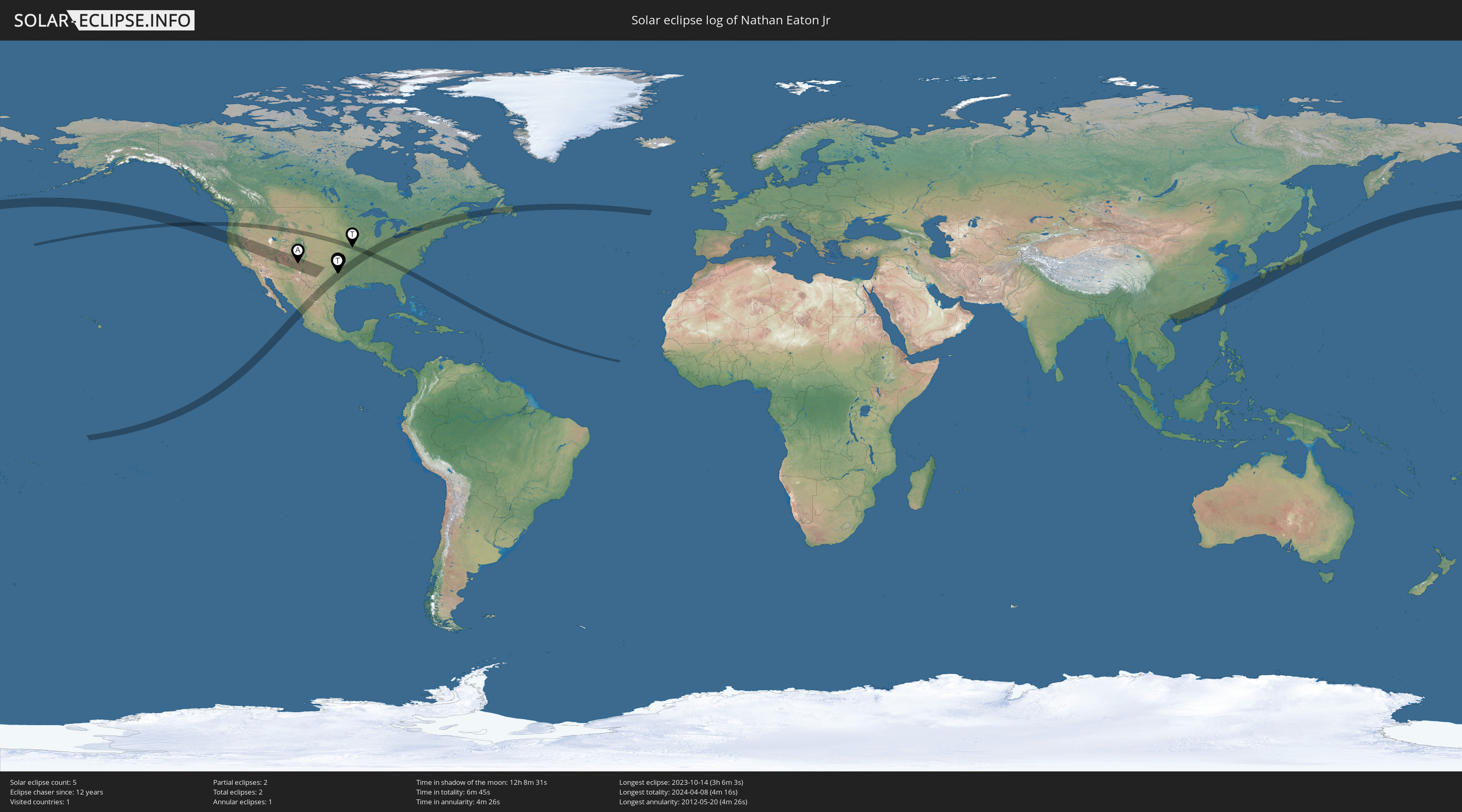Belated post but I have several things to share so playing catch-up....
In my last post, I shared my first attempt to capture The Green Comet, the solar system body with the official name C/2022 E3 (ZTF). By the time I was shooting it, the comet had faded enough that capturing it in the heavily light-polluted urban skies where we live so it was just a dim, green smudge in that shot.
Much of the challenge in taking that shot was the glare of the Moon. About a week later, the Moon wasn't rising until after midnight so I had an opportunity to try again. Thankfully, the skies were clear on February 11th because in addition to the period of moonless skies that night, the Green Comet was within the same telescopic field of view as the Red Planet, Mars.
To boost my prospects of capturing a better image of the comet framed in the same skies as Mars, I also went looking for a spot with less light pollution. My initial plan was to shoot from out by Lake Ray Hubbard. The light pollution at home is about as heavy as it can get, classified as 8-9 on the Bortle scale, whereas the skies out at the lake are darker, Bortle class 6. That's a long way from the truly dark skies in Big Bend (Bortle class 1) but I was limited to what was available in the Metroplex and I've had a lot of success over the years shooting things like meteor showers out there.
Unfortunately, the spots I usually went had too many lights in the direction of the comet so I had to try someplace new. Consulting a light pollution map, I picked a spot a little south of Forney, outside a town called Talty. I found a spot at a turn-out off of an FM road we used to drive to get to our lake cabin at Cedar Creek Lake that was Bortle 5. I set up my telescope and started shooting. After capturing dozens of shots plus calibration shots, I packed it in and headed home.
After a few days working on post-processing the images (see prior post about the process involved), here is what I ended up with.
As always, click on the image to see it big!






















No comments:
Post a Comment